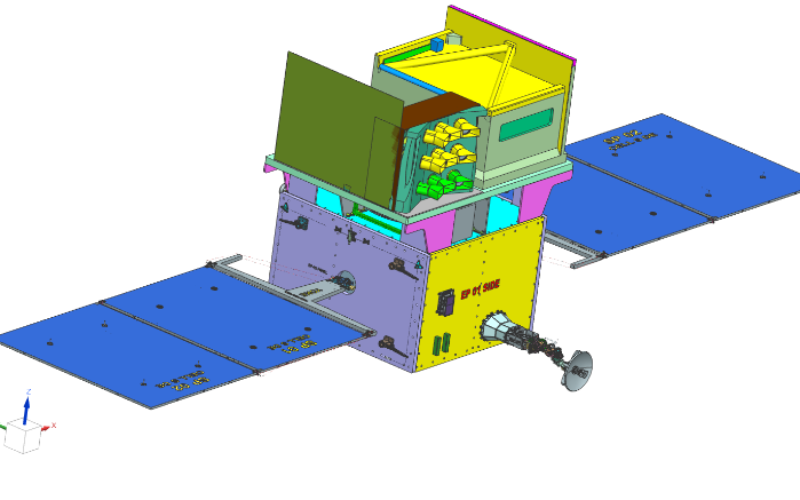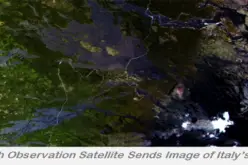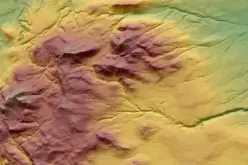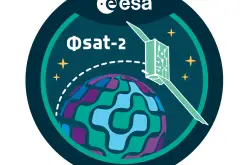The TRISHNA Mission, a collaborative endeavour between the Indian Space Research Organisation (ISRO) and the French space agency CNES, is set to revolutionize the monitoring of Earth’s surface temperature. TRISHNA (Thermal Infra-Red Imaging Satellite for High-resolution Natural Resource Assessment) is engineered to deliver high-resolution spatial and temporal data on surface temperature, emissivity, biophysical, and radiation variables, enabling comprehensive surface energy budgeting from regional to global scales.
This innovative mission aims to address critical water and food security challenges by focusing on the impacts of human-induced climate change and enhancing water resource management through precise evapotranspiration monitoring. By leveraging advanced thermal infrared imaging technology, TRISHNA will provide unprecedented data crucial for understanding and mitigating the effects of climate change, ensuring more efficient use of natural resources. This groundbreaking collaboration between India and France underscores the importance of international partnerships in tackling global environmental issues.
Evapotranspiration monitoring refers to the process of measuring and analyzing the combined effects of evaporation and transpiration from land surfaces and vegetation. Evaporation is the process by which water is converted from liquid to vapor and lost from soil, water bodies, and other surfaces, while transpiration is the release of water vapor from plants through small openings called stomata.
Objectives of TRISHNA Mission
Primary Objective
Monitoring of the Energy and Water Budgets of the Continental Biosphere:
- Quantifying terrestrial water stress and water use
- High-resolution observation of water quality and dynamics in coastal and inland waters
Secondary Objective
- Comprehensive assessment of urban heat islands
- Detection of thermal anomalies linked to volcanic activity and geothermal resources
- Precise monitoring of snow-melt runoff and glacier dynamics
- Provision of valuable data on:
- Aerosol optical depth
- Atmospheric water vapor
- Cloud cover
TRISHNA Satellite Payloads
Thermal Infra-Red (TIR) Payload (provided by CNES):
- Four-channel long-wave infrared imaging sensor
- Capable of high-resolution surface temperature and emissivity mapping
Visible – Near Infra-Red – Short Wave Infra-Red (VNIR-SWIR) Payload (developed by ISRO):
- Seven spectral bands
- Designed for detailed mapping of surface reflectance in VSWIR bands
- Generates important biophysical and radiation budget variables
Combined Payload Data:
- Helps solve surface energy balance
- Estimates surface heat fluxes
The satellite will function in a sun-synchronous orbit at an altitude of 761 km. It will maintain a local time of 12:30 PM at the equator. This orbit will offer a spatial resolution of 57 meters for land and coastal areas. For oceanic and polar regions, the spatial resolution will be 1 km. The mission is planned to have a 5-year operational lifespan.
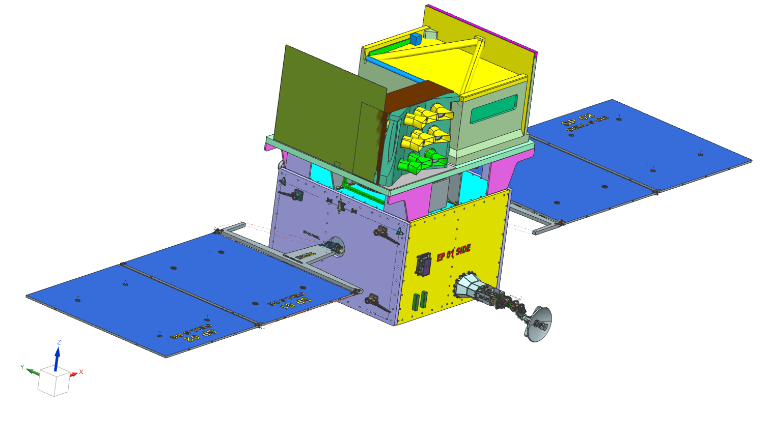
Image Credit: ISRO
Products
- Level 1C products (top of atmosphere): reflectances blue, green, red, NIR 865nm, SWIR 1.6µm, and radiances in 4 LWIR bands at 60 meters resolution.
- Level 2A products (radiative variables at surface level): reflectances, albedo (daylight only), LST, LSE, SST at 60 meter resolution, clouds, water, snow masks.
- Products at reduced resolution (1km) over other Earth surfaces (open oceans) : to be confirmed
- Level 2B products for water:
- Sea Surface Temperature
- water color geophysical parameters (to be confirmed)
Scientific and Societal Benefits of TRISHNA
- Agricultural Water Management:
- Assess irrigation water use
- Issue advisories for water savings
- Enhance crop water productivity through efficient and sustainable water management practices
- Improve micro-watershed management
- Climate Monitoring:
- Track key indicators such as droughts, permafrost changes, and evapotranspiration rates
- Urban Planning:
- Provide detailed urban heat island maps
- Issue heat alerts
- Water Quality Monitoring:
- Aid in detecting pollution in coastal and inland water bodies
- Identify sub-marine groundwater discharge at coastal fringes
- Geothermal and Environmental Monitoring:
- Detect sub-surface fires
- Assess geothermal resources
- Cryosphere Monitoring:
- Evaluate snow cover and snow-melt patterns
- Contribute to improved hydrological models
In conclusion, the TRISHNA mission represents a significant leap forward in remote sensing technology. By addressing critical water and food security issues and providing essential data, it aims to foster sustainable solutions for policymakers, watershed managers, agro-industries, and the farming community, both inland and along coastlines. With its high-resolution and high-repeat imaging capabilities, TRISHNA will enhance our understanding of Earth’s natural processes. Furthermore, it will support global climate change mitigation efforts through optimized resource management, making it a crucial tool in the pursuit of environmental sustainability.


